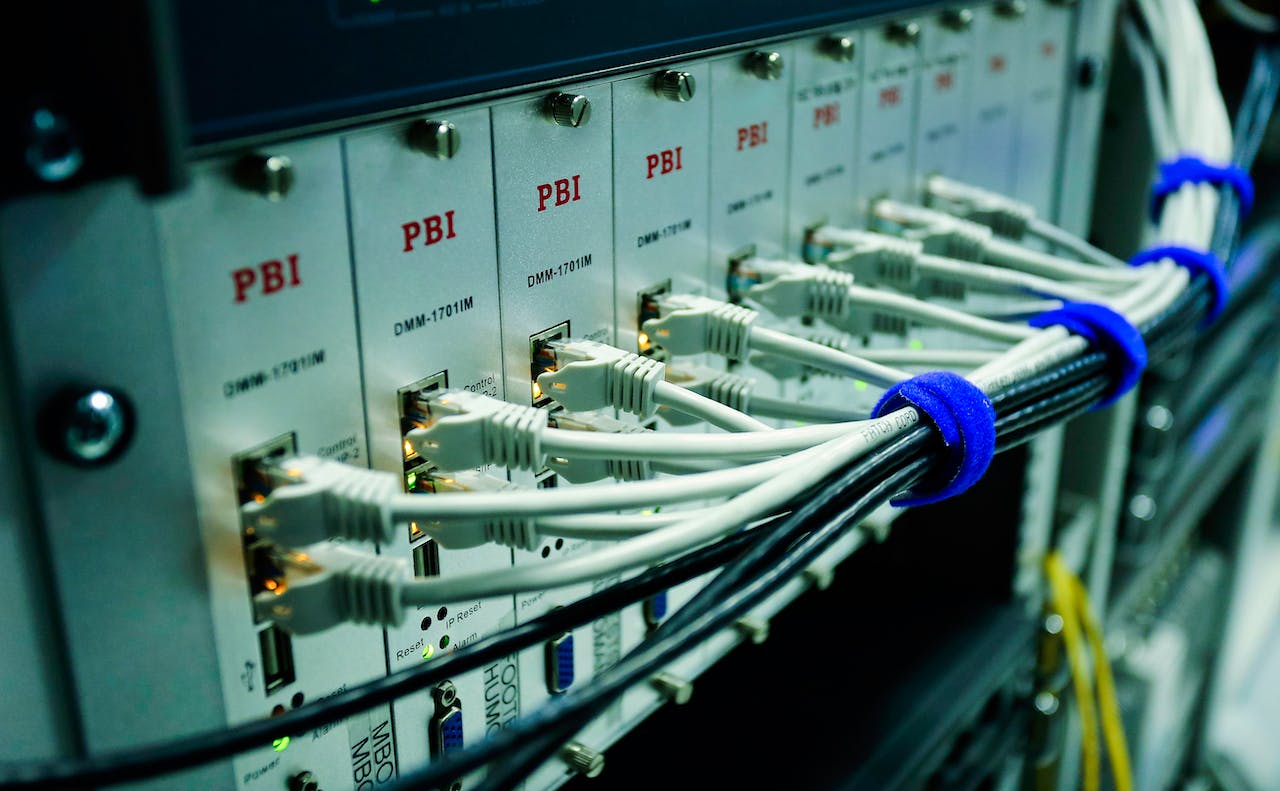Last update at :2024-06-21,Edit by888u
When we are playing with VPS hosts, we may choose Linux or Windows solution products according to our respective needs. The purpose of Snail is relatively simple. It is nothing more than building a website. It is generally a WORDPRESS program, so Linux is mostly used. After all, the compatibility is better. Some friends will choose Windows VPS products. The remote login of foreign WINDOWS VPS products is different from ours in mainland China. Foreigners generally use VNC to log in to the remote desktop.
I wanted to write this tutorial when I was working on the BurstNET Win product. In the past few days, many friends mentioned in the Interserver product recommended by Snail that they did not know how to log in to the remote desktop with the WIN solution they purchased. In view of the rigor of the article, Snail also purchased a Win solution for demonstration in the morning.
Article Directory Hide
The first step is to log in to the account backend
The second step is to authorize the login IP
The third step is to check whether the component is installed
The fourth step is to log in to the desktop and set a password
Step 5, get started
Step one, log in to the account backend
After we purchase Interserver Windows VPS, we will see the product we purchased when we log in to the backend. After entering the product, we will see an interface like this.
If we purchase KVM and set up a WIN system, the interface should be like the picture above. In the picture above, we can see our own VPS information, independent IP and other parameters. Here we only need to look at this point. Behind \\"VNC Information\\", we can see the IP and port connection for logging into VNC. You can actually click to log in directly, but in view of the correct login, you need to click on the following \\ "Authorize VNC Connecting IP\\".
The second step is to authorize the login IP
We will see the interface in the picture above. After \\"IP To Allow VNC Access To\\" it should be our local IP. We need to confirm and update it to authorize your current IP to log in to VNC.
The third step, check whether the component is installed
After setting up local IP authorization, then go back to the front and log in to the IP address behind our VNC, which is the IP + port in front of \\"(Authorize VNC Connecting IP)\\". Leave it alone and just click to see.
If the JAVA component is already installed on our computer, then just wait. If not, we will be prompted that we need to install the JAVA component to support VNC login. Please check whether Java is installed on your computer (click here to check). If not, please install Java first (click here to download). You will need to use VNC remote management, the VNC client must have Java to run.
The fourth step, log in to the desktop and set a password
At this time we can see the familiar WIN interface, but the first login requires us to set a login password.
Click OK to set our login password.
Step 5, start using it
Now that you have seen the WIN interface we entered, you can start using it.
Of course, if we feel that VNC is inconvenient or the window is relatively small, we can connect to the purchased WIN VPS through a local remote connection desktop. The IP address is the VPS IP we purchased, the username is administrator, and the password is the password we set above.
Recommended site searches: in domain name registration, US host network, Chinese domain name query, high-defense server rental qy, domain name error correction system, US server URL, free domain name space application, free proxy server, domain name reverse check, Internet cafe IP address query,








发表评论